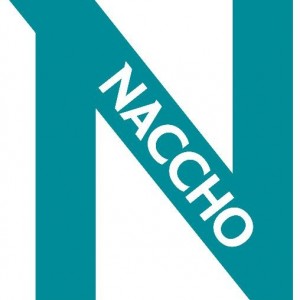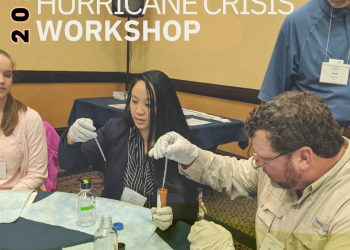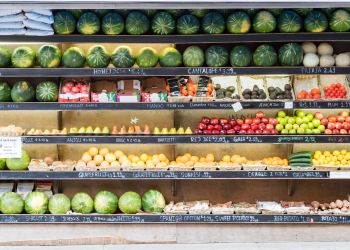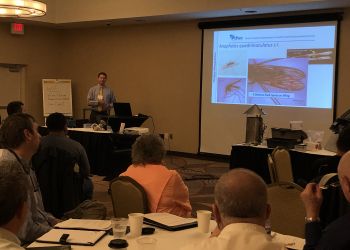By Jay Schulz, NACCHO Health and Disability Fellow
The smell of fresh air. The warm sun. The cool breeze on your face. The absolute magic that is a tiny little shell of something or other turning into a life-sustaining object. The pure joy of tasting a tomato that you raised from said tiny shell yourself. The eye-watering goodness of eating a just-picked habanero. The sharing of delicious food with great friends. Gardening literally brings life, as well as joy, to many people. Research also shows that gardening has many health benefits, including reducing anxiety, depression, and body mass index and increasing one’s sense of community and quality of life. Furthermore, creating community gardens allows for these benefits to reach many people. Community gardening has also shown to increase social connectedness and food access.
Local health departments (LHDs), which are responsible for the health and well-being of their community members, frequently use community gardens to improve health. These LHD-led community gardens can play an important role in providing health department staff and community members who use LHD services with healthy food options. These gardens provide opportunities to partner with community members who may live in a food desert or lack access to reliable transportation to engage them in gardening and interactions with others in their community. LHD-led community gardens can also provide food to supplement other programs, such as WIC (Women, Infants, and Children). However, gardens that are inaccessible to people with disabilities limit opportunities for many to participate. Without raised beds and other accommodations the benefits of community gardens may not reach the whole community.

Luckily, there are ways in which LHDs can promote the health of people with disabilities through ensuring inclusive gardens. The following is a list of recommendations for LHDs to consider when creating community gardens.
- Local health departments should include people with disabilities in the garden planning process. When planning a community garden, it is important for LHDs to include people with disabilities in all aspects of the process. LHDs can reach out to various community-based organizations, such as Centers for Independent Living, in order to engage people with disabilities.
- Local health departments should install gardening beds of various sizes. Raised beds provide accessible gardening for people who use a wheelchair. Additionally, these beds are useful for people who have a difficult time kneeling on the ground or bending for extended periods of times for various reasons. Raised beds should have a soil level between 24 and 36 inches. A few beds should have a clearing of 24 inches underneath the bed for knee space. Hanging baskets can be another way to place plants within comfortable reach.
- Local health departments should ensure the availability of accessible gardening tools. Accessible tools should be available for community members who want to garden. Examples of accessible tools include those with extendable handles, effortless grip handles, clippers with a side strap, lightweight tools, and portable seats. These modified tools can reduce the stress on hands, wrists, and the back when gardening.
- Local health departments should ensure accessible walkways and signs. Pathways should ideally be paved. However, this is not always possible, and it is therefore important that whatever material used is firm, level, well-maintained, and barrier free. Pathways should be 36 to 40 inches wide. Additionally, signage should be presented in a variety of forms. Signs can have braille, large print, and pictures on them to help identify plants and should be at an accessible height.
- Local health department gardens should include a wide selection of plants. A plethora of plants should be included in the garden and size should be taken into account. Tall plants can be planted in the ground so that they are easily harvested when the time comes. Shorter plants should be included in the raised beds so that they do not grow out of reach. Plants of various colors and textures should also be included.

The whole garden does not necessarily need to follow these guidelines; however, at least parts of the garden should be accessible for all. Following these recommendations can help ensure community gardens are for everyone, and that the multiple health benefits of these gardens are reaching the entire community.
Additional resources can be found at the following:







